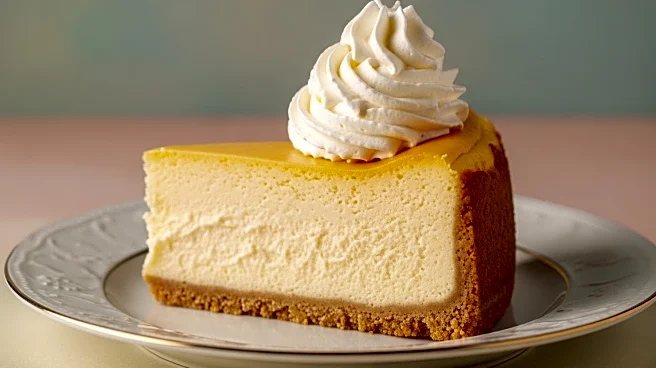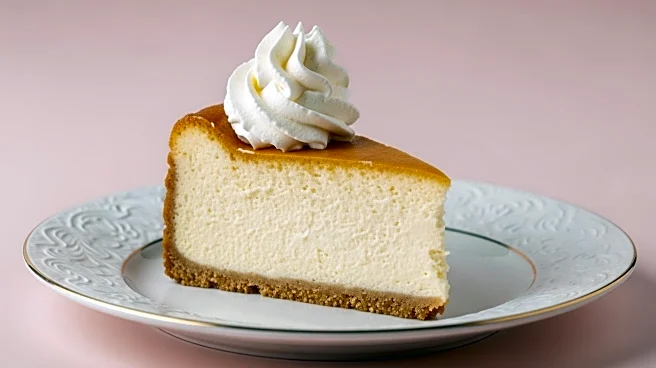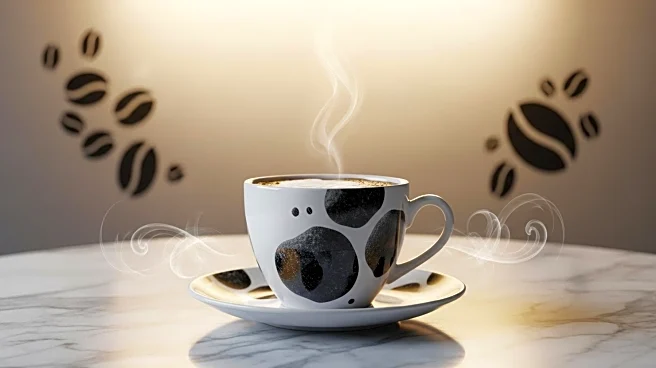Cheesecake is a beloved dessert that has captured the hearts and taste buds of many around the world. Known for its rich and creamy texture, cheesecake is typically made with cream cheese, eggs, and sugar, often accompanied by a
graham cracker crust. This dessert has a fascinating history, tracing back to ancient Greece, where it was possibly served to athletes during the Olympic Games. Over time, cheesecake has evolved into various styles, including the lighter Japanese version, showcasing its versatility and enduring appeal.
mentioned by Athenaeus in the 100s AD, referencing a book by Callimachus about the art of making cheesecakes. Traditionally, cheesecake is made with cream cheese, eggs, and sugar, creating a smooth and heavy texture. Sour cream is sometimes added to make it easier to shape, and fruit flavorings like strawberry, blueberry, or lemon are popular additions.
cracker crust held together by melted butter, topped with a rich filling made from cream cheese, eggs, and sugar. Variations include adding sour cream for easier shaping and incorporating fruit flavorings. Cheesecake is often topped with fresh fruit or chocolate, enhancing its flavor and presentation. The dessert's versatility allows for numerous adaptations, including lighter versions like the Japanese cheesecake.
Cheesecake has evolved into various regional styles, each with its unique twist. In the United States, New York-style cheesecake is renowned for its dense and creamy texture. Meanwhile, Japanese cheesecake
offers a lighter, fluffier alternative, showcasing the dessert's adaptability. These regional variations highlight cheesecake's global appeal and the creativity of chefs in adapting the classic recipe to suit local tastes.
adaptability. Cheesecake's rich history and evolution reflect the dessert's ability to transcend cultural boundaries, making it a beloved treat worldwide.

 Discover Daily
Discover Daily Cheesecake: A Culinary Delight
Do you find this article useful?











